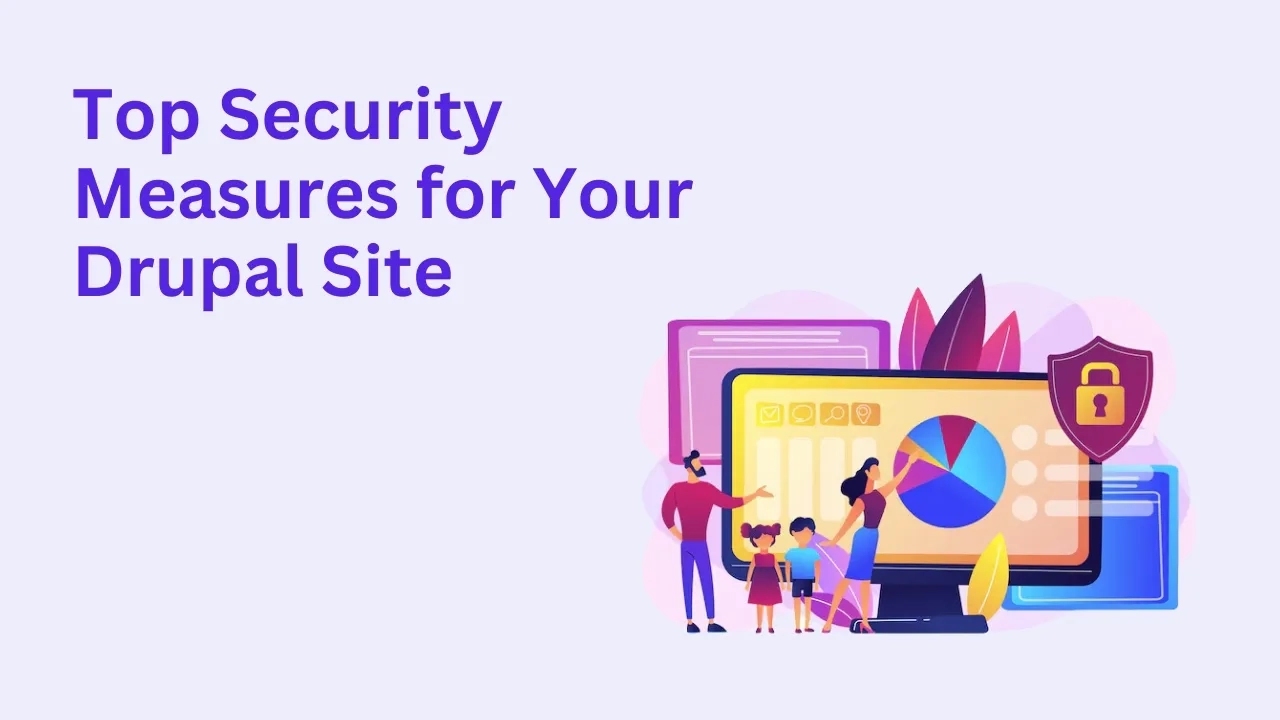Top Security Measures for Your Drupal Site

1. Keep Drupal Core and Modules Updated
Regularly updating your Drupal core and modules is crucial to protect your site from known vulnerabilities. Always install updates as soon as they become available to ensure your site has the latest security patches.
2. Use Strong Passwords
Enforce strong password policies for all user accounts. Use a combination of letters, numbers, and special characters, and consider implementing two-factor authentication (2FA) for an extra layer of security.
3. Restrict User Permissions
Ensure that users have only the permissions they need to perform their roles. Avoid granting unnecessary administrative privileges and regularly review user permissions to maintain tight security.
4. Implement HTTPS
Secure your Drupal site by implementing HTTPS. This encrypts the data transmitted between the server and users, protecting sensitive information from being intercepted by malicious actors.
5. Use Security Modules
Install and configure security modules such as Security Kit, Paranoia, and Captcha. These modules provide additional security layers and help mitigate common vulnerabilities.
6. Regular Backups
Perform regular backups of your Drupal site and database. In the event of a security breach or data loss, having recent backups ensures you can quickly restore your site to its previous state.
7. Monitor and Audit Logs
Regularly monitor your site’s logs for suspicious activity. Set up automated alerts to notify you of potential security issues and conduct periodic security audits to identify and address vulnerabilities.
8. Disable Unused Modules and Themes
Remove or disable any modules or themes that are not in use. Each additional module or theme adds potential entry points for attackers, so keep your installation lean and only include what is necessary.
9. Use a Web Application Firewall (WAF)
Implement a Web Application Firewall to protect your Drupal site from common web threats. A WAF can help block malicious traffic and mitigate attacks such as SQL injection and cross-site scripting (XSS).
10. Educate Your Team
Ensure that everyone involved with your Drupal site is aware of security best practices. Educate your team on recognizing phishing attempts, handling sensitive data securely, and maintaining good security hygiene.








